After raising a tidy $111,000 USD on Kickstarter, space captain-ing sim Into the Stars is set for a July jaunt in Early Access. Unusually for this sort of thing (we normally just get an Early Access key once the game shows up on there,) pre-Early Access code was available to sample. Having watched my fair share of Star Trek and Battlestar Galactica, the tricky helm decisions promised by Into the Stars seemed like a fine opportunity to remind myself that I’m not exactly Bill Adama.
Rather like Battlestar Galactica, the game puts you in control of a ship (the Ark 13) carrying the remnants of humanity. All 10,000 of them. Believe me, that doesn’t feel like all that many once the life support systems start failing in the dark void of space. And, just to keep things interesting, your vessel is being continually pursued through space by aliens called the Skorn.
Before you encounter such problems, though, Into the Stars tasks you with sorting out the modular construction of your ship and hiring of crew. Selecting the various shuttle craft, shield arrays, and engines is a matter of juggling funding, space (any remaining cash will inevitably go towards cargo bays) and, interestingly, elements of the periodic table.
Say, for example, the engine you’re craving runs Hydrogen. You might want to avoid selected a probe which uses the same element. Or, you might decide to double-down on the big H, pick as many Hydrogen modules as possible, and stuff whatever cargo bays you can afford full of the stuff. I suspect that a spread of resource consumption is the best bet though, as exploration and mining tends to bring back a mix of elements. You might start out with a big stash of one particular type, but it’ll be whittled away the further you travel.
It seems sensible to cover multiple options with the six crew you bring on board too. You need a specialist in each of the five areas (piloting, engineering, medical, mining, and command,) while the sixth stat, toughness, is of general use to all. But there are times in space when your medical expert (say) is occupied with something else, so it’s wise to have a back-up who can tell the difference between anesthetics and amphetamines.
This need to balance ship modules and crew members adds some neat tactical choices, though some of those choices do seem a little unattractive. I can’t imagine ever wanting to go with the engine that has a 30% lower top speed than the (already kinda slow) fastest one. Nor would I want to get by with any of the slower recharging shield modules. A few things seem like they need a bit more incentive than “they’re slightly cheaper but crap.”
Once kitted out, Into the Stars tosses you into the wide open star-systems and puts you under immediate pressure. Your resources (fuel, life support, and so on) are all steadily ticking down. Hanging about too long in one area will trigger alerts about Skorn ships closing in (which they eventually do, if you ignore said warnings.) And, just for good measure, you’ll probably have a crisis or two on board that require the attention of crew members.
In space, you have direct control over the Ark 13 with straightforward tilt and roll controls. While this is a bit more a piloting activity than a captain-ing one, it can add further urgency to your flight. Lingering around planets and getting caught by a Skorn patrol isn’t just a case of spending too many ‘turns’ there, but a reflection of your navigational skill. However, some of that navigation still feels a bit clunky. When trying to fly away from a point of interest, it’s too easy to get magnetically sucked back into the automatic ‘oh, you want to land here?’ zone and waste valuable time.
Direct control over the ship feels like it should perhaps just be one option, in tandem with some sort of nav-point autopilot or crew delegation (Into the Stars allows you to place the former for guidance, but makes you do all the flying yourself.) The decisions made at planets or in combat are the interesting parts of the game, not so much the flying between destinations.
Planets (and other points of interest like abandoned space vessels) are where your ship’s resources can be topped up. At planets, you can choose to send down a shuttle team (requiring the most personnel,) a mining rig (which needs just two and leads to a slightly bizarre mini-game in which you have to maneuver your drill-bit around obstacles,) or a resource probe (only requiring a pilot.) The latter two only ever seem to turn up resources, while sending a full team down can sometimes result in encounters that’ll get you a new (perhaps more efficient) module for the Ark 13, repair materials, or new crew members.
Collecting found resources is a little maddening, because Into the Stars currently lacks any sort of ‘take all’ buttons or the ability to just type the numbers you wish to transfer over. This means you have to hold down the mouse button over an arrow for each resource, every time. It’s a prime candidate for ‘thing that’ll be highlighted during Early Access and changed.’
While it’s a much longer shot (and would involve much more effort,) I’d love for some of the landing party options to be fleshed out into longer choose-your-own-adventure type encounters too. Out There does this to great effect, and it’s a more satisfying approach than basic percentage checks.
Successful completion of missions (whether it be flying a probe, or negotiating with an articulate talking plant) boosts the relevant stats of the crew members involved, making them more capable of dealing with the day-to-day issues which crop up on the Ark 13 between destinations. These include things like Racoons in your bins (really) or pesky drug dealers showing up with dangerous narcotics, and tend to give the fairly apt impression that your craft and its small society are barely holding themselves together.
When the Skorn show up (or you’re unlucky enough to bump into someone who’d rather kill you than trade,) it’s time for a bit of space combat. Like much else in the game, this involves making the most of your crew (putting a decent engineer in charge of your lasers, for example, to help it hit more often) but also retaining command over the big picture. When to actually fire weapons or activate your deflector shields, that sort of thing. Weapons and deflectors require time to charge back up after use (determined by the module type, the skill of the operator, and any modifications you might have found,) so timing is an important factor.
Firing at an enemy ship while it’s shielded will just waste your shot, unless you’ve tuned your weapons to a colour frequency different from their own. Likewise, when there’s more than one foe charging up a weapon to fire at you, trying to wait until the deflector shield can catch both shots is the best option (though this isn’t always possible, which makes encounters with multiple foes pretty dangerous.) It’s possible to target the shield and weapon modules of enemy ships, rather than the main hull; though while this has obvious benefits, it only temporarily knocks them down. If you need a breather to assess things, or apply some repairs, there’s also a pause function (which can actually be applied at most points during the game.)
It’s an interesting, if fairly straightforward combat system. It plays to the central themes of the game, like the necessity of keeping crew members healthy and assigned to the optimal tasks; and the ultimate decisions on where to aim and when to fire rest with the captain’s chair. Having the Ark 13 slog it out face-to-face with every enemy removes any sense of maneuverability being a factor in space combat, though. You can’t pull off a cunning victory with a bit of space-stunt tricky, which is a shame.
Another thing worth noting is that the Into the Stars universe appears to have the same lay-out of planets each time you play. The events and resource distribution will be different, and the locational consistency is mitigated by there being a whole lot of space (and therefore travel options) in the wide middle section of the map. But having to revisit the same opening sectors each time could adversely affect the replay value the game is aiming for.
Repeat efforts are very much going to be necessary in order to reach salvation on the other side of the galaxy. My runs thus far have faltered either in one combat too many (often because I’ve dawdled too long in a system,) or, even worse, slow death due to a lack of food or oxygen. I suspect the Early Access period for this game will mostly concern itself with whether that gameplay loop of exploration, fending off pursuit, and stretching resources for just one more sector is well balanced and fully satisfying. I’d need more time with it to say for sure, but from what I’ve played so far, Into the Stars should slot quite nicely near Out There and (to a lesser extent, as it differs more substantially) FTL in the space captaincy genre.

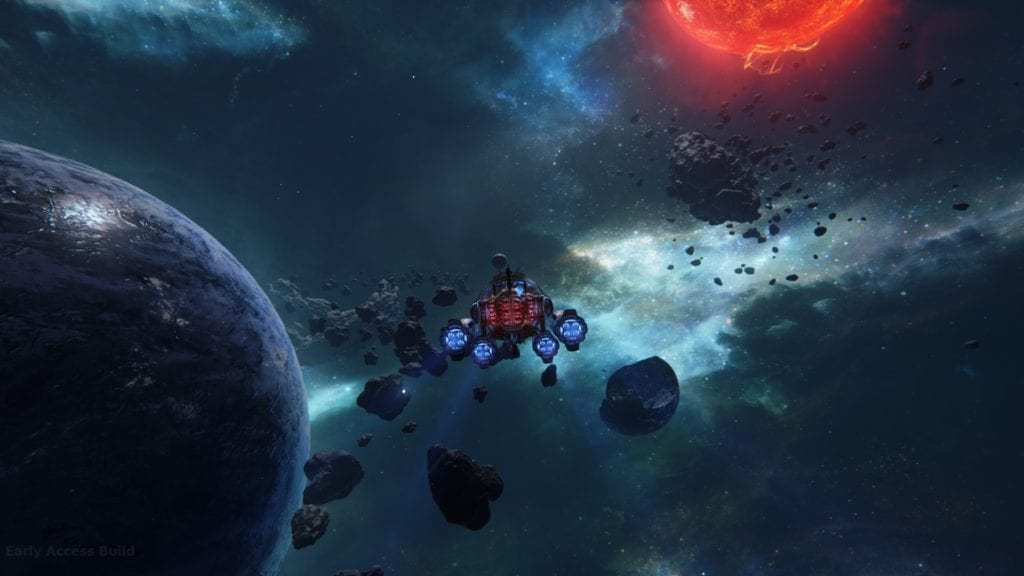





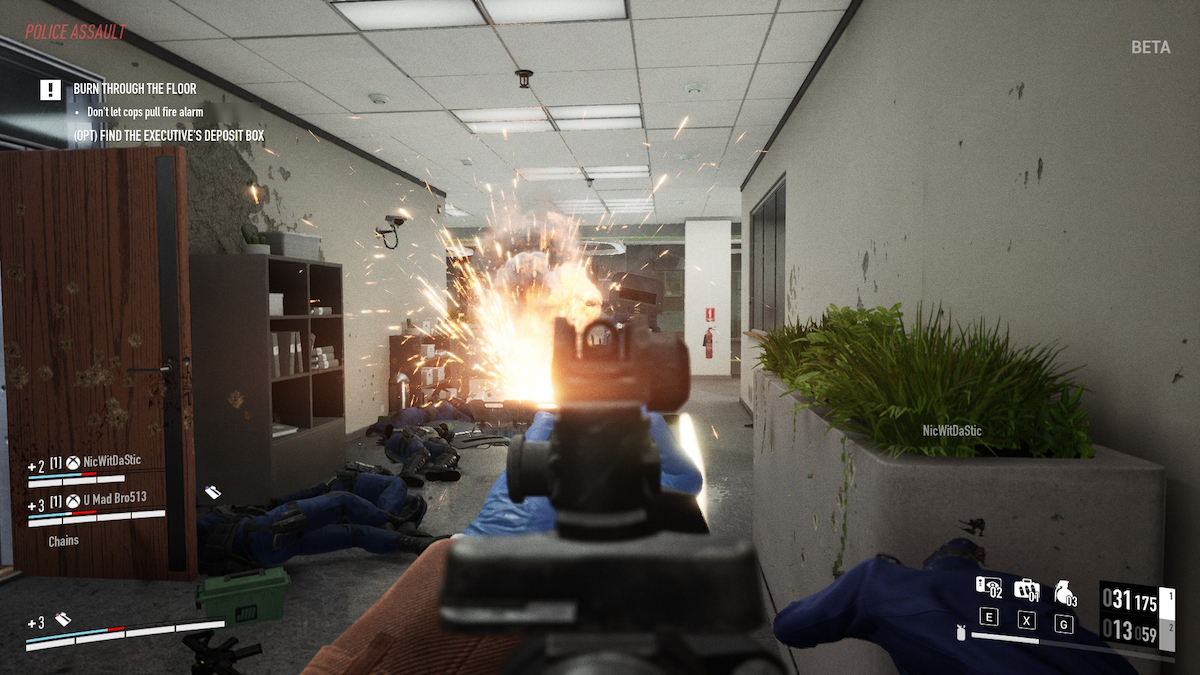
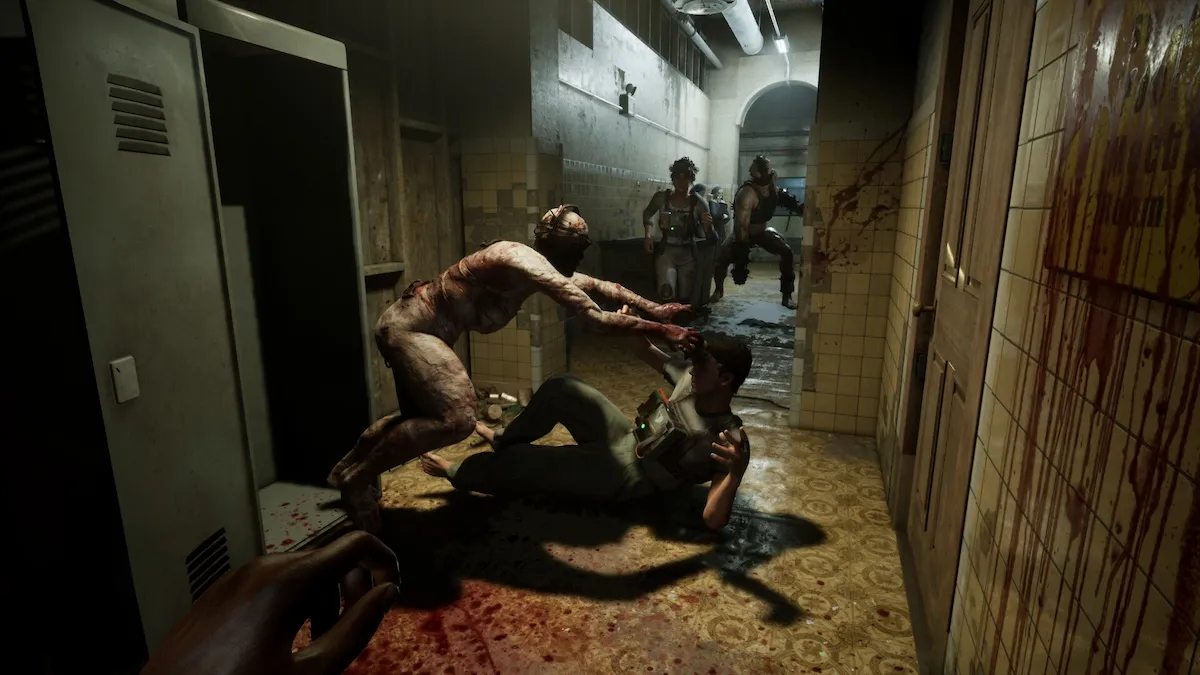
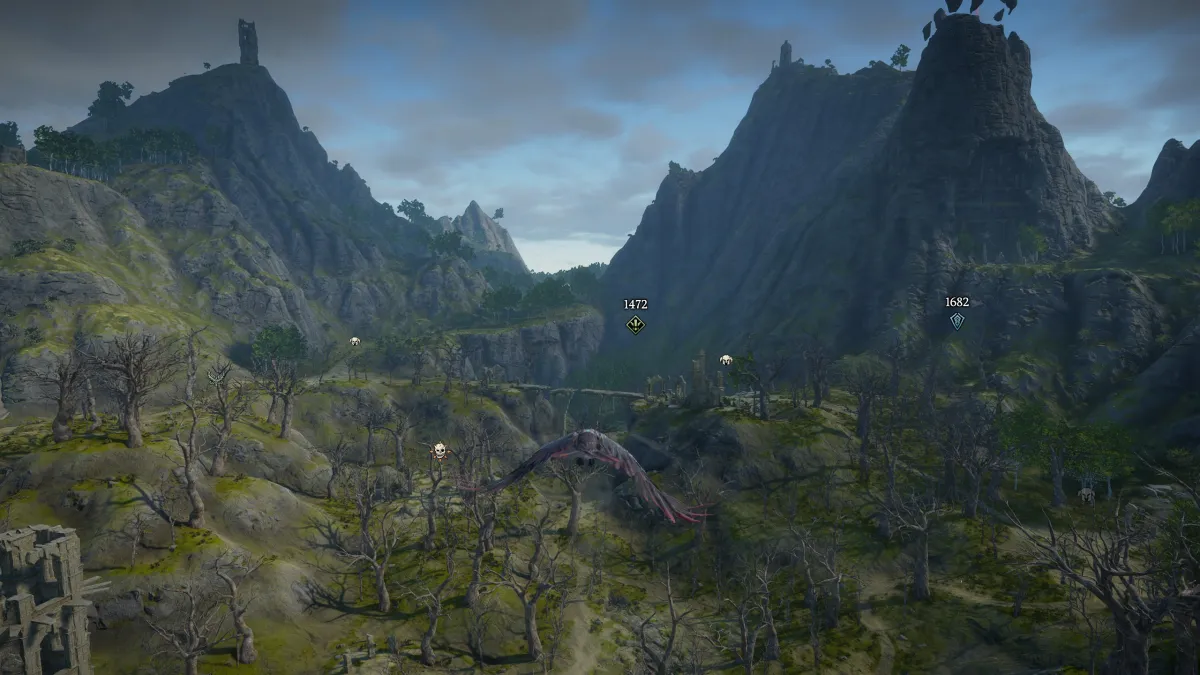
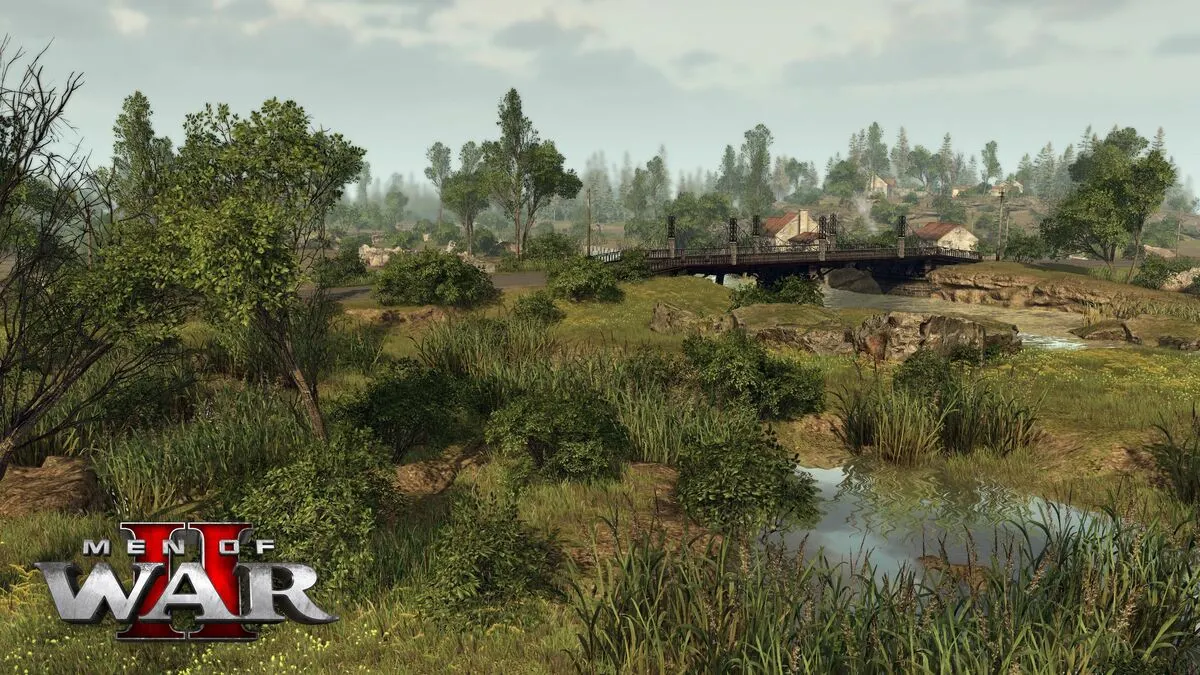

Published: Jun 29, 2015 12:31 pm